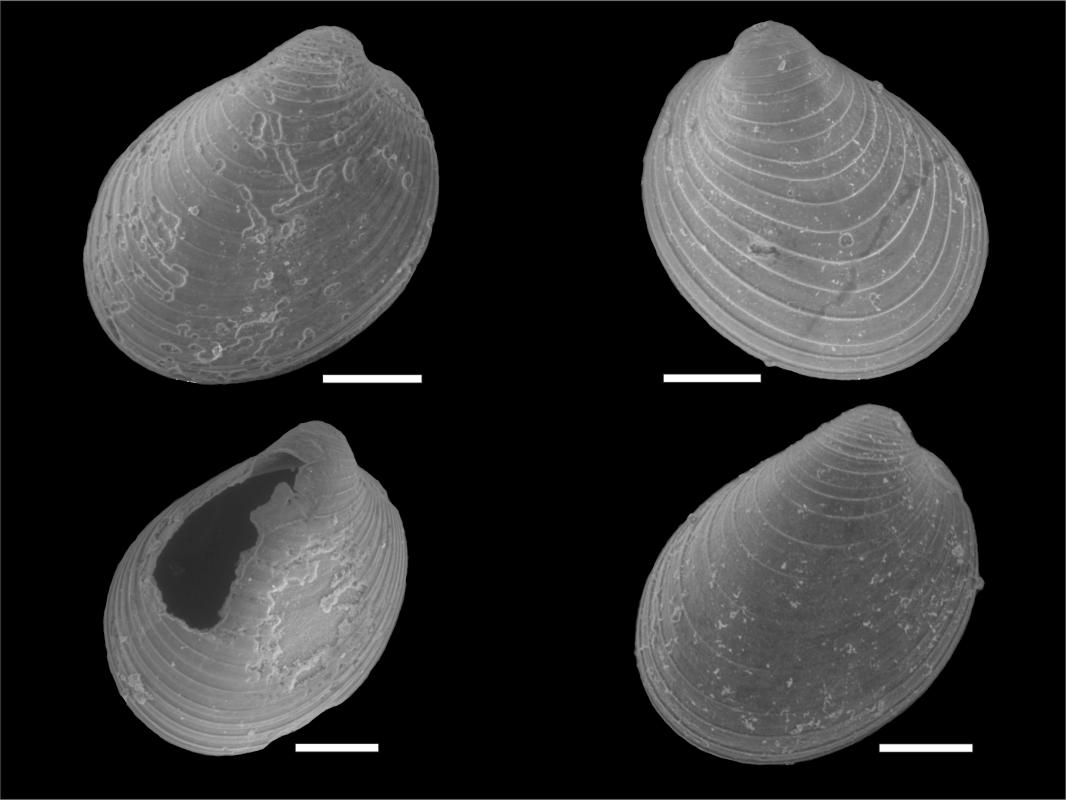The most catastrophic extinction event in Earth’s history was 252 million years ago, known as the end-Permian mass extinction. Ocean acidification has been suggested to have caused the mass extinction, but when looking at the geochemical and rock records, several inconsistencies appear. The evidence for ocean acidification appears to post-date the mass extinction event, and its role as a cause of the extinction is, therefore, questionable. In addition, the exquisite preservation of the earliest formed larval stages and the complete absence of any signs of acid erosion or repair on shells in the immediate extinction aftermath demonstrate that neither the surface waters nor seafloor were affected by ocean acidification. One expectation of ocean acidification is the preferential extinction of animals with a large and heavy shell, as animal’s shells are susceptible to ocean acidification. Currently, the only robust evidence for ocean acidification at the mass extinction event is the observed selective extinction of animals with a large and heavy shell. Furthermore, the selective extinction of ‘heavily-calcified’ organisms was higher during the end-Permian mass extinction event than background times. However, questions remain on the exact timing of this selectivity, how selectivity varies between different locations, and if multiple acidification events occurred during the subsequent recovery from the mass extinction.
The project focuses on answering these questions using Data Science methods utilizing data on the spatial and temporal distribution of fossils, and ecological attributes that are expected to be selected against during an ocean acidification event.
Partners
- Prof. Maria Mutti, University Potsdam
- Dr. Katja Meyer, Willamette University
Duration
01.10.2017 - 01.10.2019
Funding
Geo.X (Helmholtz)
